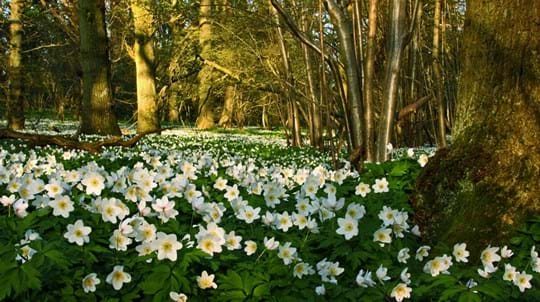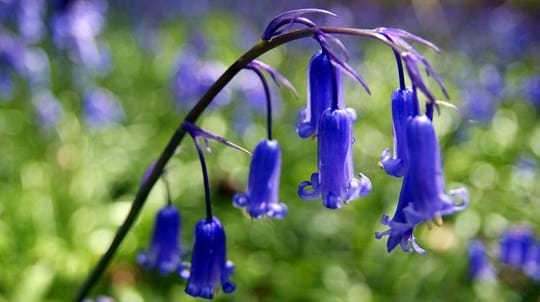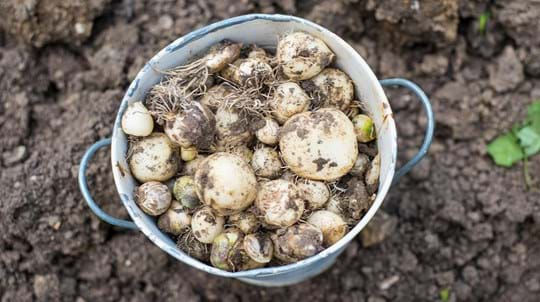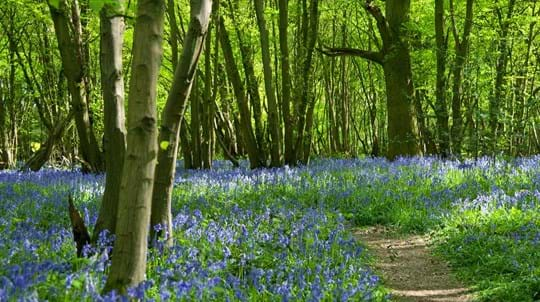
Blog
Early spring flowers quiz: 12 flowering plants and shrubs
Charlie Mellor • 11 Feb 2021

Content editor
One of the most exciting things about spring has got to be the arrival of bluebells. These bright purple flowers are a sight to behold during the springtime, when they appear in swathes in certain woods, parks and gardens. Find out all about them, including if they’re poisonous, when to see them and lots of other bluebell facts.
The UK is a species stronghold for bluebells; almost half of the world’s bluebells can be found here. Rare throughout the rest of the world, bluebells can be seen in high densities in the UK during April and May, usually covering woods and fields in a sea of blue. Bluebells are an ancient woodland indicator plant - this means they can often be seen flourishing in rare ancient woodland.
All parts of the bluebell plant contain toxic glycosides that are poisonous to humans, dogs, horses and cattle. If any part of the plant is eaten, it can cause serious stomach upset, and if consumed in large quantities, may be fatal. The bulbs are easily mistaken for spring onions or garlic. Bluebell sap is believed to cause dermatitis and skin irritation. All varieties of bluebells contain glycosides, and therefore all varieties are poisonous.
Under the Wildlife and Countryside Act (1981) it is an offence to uproot any wild plant without the landowner’s permission. Bluebells are offered additional protection, making it illegal to pick or uproot wild bluebells to sell, even from your own land.
Despite looking similar at first glance, English bluebells and Spanish bluebells are actually quite different. The stem on Spanish bluebells grows upright, whereas the English bluebell droops to one side, and English bluebells have a sweet smell while the Spanish version is odourless. Spanish bluebells are also a paler blue than English ones and have broader leaves. Hybrid bluebells are a mix between the two but are often very similar in appearance to the English bluebell.
Wild white English bluebells are incredibly rare. They occur when the flower’s blue pigment is missing, making them ‘albino’ bluebells. It is believed a native white bluebell occurs only once in every 10,000 flowers. However white and pink versions of the Spanish bluebell are common, and can produce hybrids with our native bluebells in the wild.

Blog
Charlie Mellor • 11 Feb 2021

Trees woods and wildlife
Discover the iconic bluebell, our most famous wild flower. Find out where bluebells grow, what they look like and how they support wildlife.

Blog
Kate Lewthwaite • 28 Mar 2019

Blog
Lorienne Whittle • 21 Mar 2022